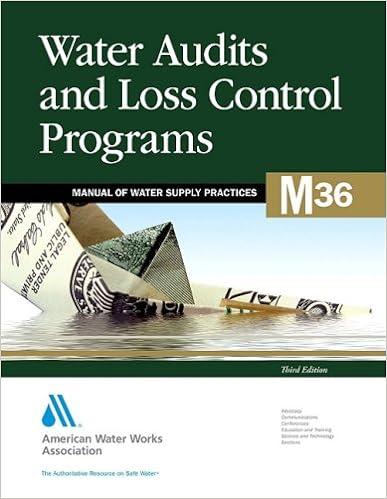- Using the data in Table 7-3 and a TFC of $50, compute the three total costs and the three average costs.
- What is the maximum profit that can be made with the given prices?
- To continue production in the long run, the output price must remain equal to or above $.
- In the short run, production should stop whenever the output price falls below$
the additional cost of combining an additional acre? that Freda plans to use the combine only for custom work on 1,000 acres per year. How m arge per acre to be sure all costs are covered? If she would custom harvest 1,500 acres per y he purchase price of a combine is $152,500. It is estimated to have a salvage value of $42,0 ife of eight years. The opportunity cost of capital is 10 percent. Compute annual depreciatio est. e data in the table below, a price of $6 for the output, a cost of $10 per unit of variable input, $200, compute the three total costs (TVC, TFC, TC) and the three average costs (AVC, AFC, What is the maximum profit that can be made with the given prices? To continue production in the long run, the output price must remain equal to or above $. In the short run, production should stop whenever the output price falls below $. hy ts interest included as a fixed cost even when no money is borrowed to purchase the item? That will profit be if production takes place at a level where MR=MC just at the point where ATC is inimum? At the point where MR=MC, and AVC is at its minimum? Explain why and under what conditions it is rational for a farmer to produce a product at a loss. imagine a typical farm or ranch in your local area. Assume it doubles in size to where it is producing tw much of each product as before. a. If total cost also doubles, is the result increasing, decreasing, or constant returns to size? What if tota increases by only 90 percent? b. Which individual costs would you expect to exactly double? Which might increase by more than 100 percent? By less than 100 percent? c. Would you expect this farm or ranch to have increasing, decreasing, or constant retums to size? Economies or diseconomies of size? Why? the additional cost of combining an additional acre? that Freda plans to use the combine only for custom work on 1,000 acres per year. How m arge per acre to be sure all costs are covered? If she would custom harvest 1,500 acres per y he purchase price of a combine is $152,500. It is estimated to have a salvage value of $42,0 ife of eight years. The opportunity cost of capital is 10 percent. Compute annual depreciatio est. e data in the table below, a price of $6 for the output, a cost of $10 per unit of variable input, $200, compute the three total costs (TVC, TFC, TC) and the three average costs (AVC, AFC, What is the maximum profit that can be made with the given prices? To continue production in the long run, the output price must remain equal to or above $. In the short run, production should stop whenever the output price falls below $. hy ts interest included as a fixed cost even when no money is borrowed to purchase the item? That will profit be if production takes place at a level where MR=MC just at the point where ATC is inimum? At the point where MR=MC, and AVC is at its minimum? Explain why and under what conditions it is rational for a farmer to produce a product at a loss. imagine a typical farm or ranch in your local area. Assume it doubles in size to where it is producing tw much of each product as before. a. If total cost also doubles, is the result increasing, decreasing, or constant returns to size? What if tota increases by only 90 percent? b. Which individual costs would you expect to exactly double? Which might increase by more than 100 percent? By less than 100 percent? c. Would you expect this farm or ranch to have increasing, decreasing, or constant retums to size? Economies or diseconomies of size? Why







